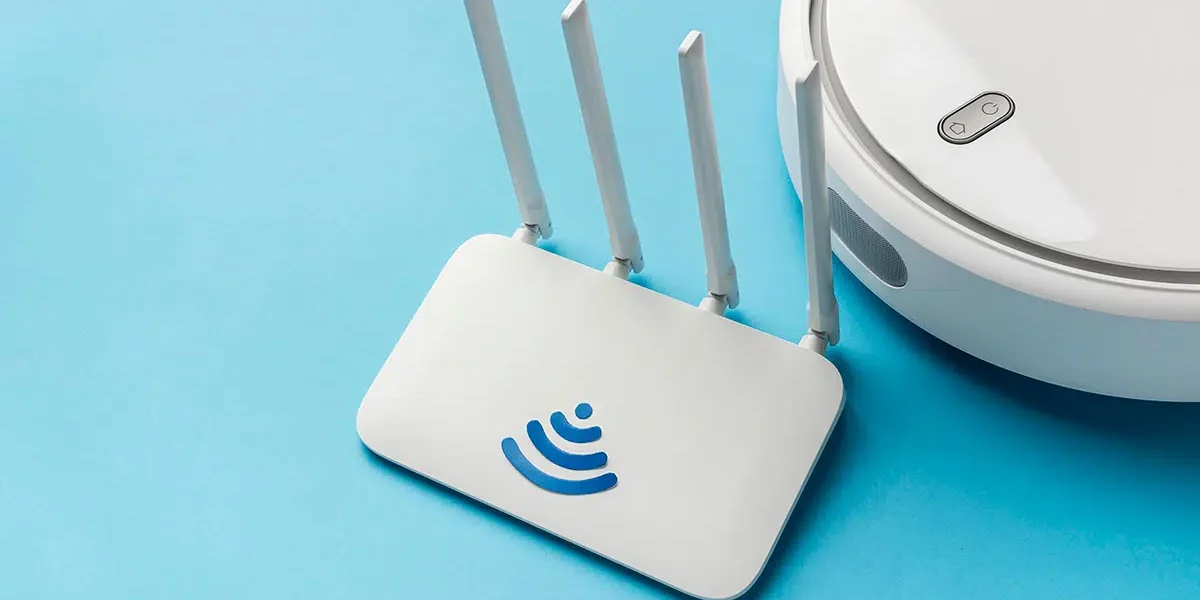A reliable and fast internet connection is a necessity in most households. Whether you work from home, stream entertainment, or manage smart devices, optimizing your home network can greatly enhance your online experience. Solutions like home network cabling services can help eliminate dead zones and improve connectivity, offering a robust and reliable setup. Let’s explore various strategies to upgrade your internet speed and maximize performance.
Evaluate Your Current Internet Plan
The first step in improving your internet speed is reviewing your existing plan. Many households experience slow speeds simply because their subscription doesn’t match their needs. Contact your internet service provider (ISP) to inquire about the available plans and ensure you’re subscribed to a speed tier that supports your household’s internet usage.
For example, streaming high-definition videos, online gaming, and video conferencing require higher bandwidth. If you have multiple users at home, upgrading to a higher-speed package might be a cost-effective solution. Remember to also compare providers in your area, as a switch to a different ISP might provide better service for your location.
Upgrade Your Router for Better Performance
Your router plays a vital role in delivering internet speed across your home. If you’re using an outdated router, it could be a significant bottleneck in your network performance. Modern routers are equipped with advanced technology like dual-band and tri-band frequencies, which offer faster and more stable connections.
Look for routers that support the latest Wi-Fi standards, such as Wi-Fi 6, which offers better speeds, increased capacity, and reduced network congestion. Placing the router in a central location can also optimize coverage, minimizing weak signals in far-reaching areas of your home.
For larger homes, investing in a mesh Wi-Fi system can extend coverage throughout multiple floors and eliminate dead zones. Mesh networks use interconnected devices to create seamless connectivity, ensuring a strong signal in every corner of your house.
Implement Wired Connections with Ethernet Cables
While Wi-Fi is convenient, it isn’t always the most reliable option, especially for activities like gaming or video streaming. Wired Ethernet connections provide faster and more stable speeds compared to wireless networks.
Running Ethernet cables directly to high-priority devices, such as gaming consoles, smart TVs, or desktop computers, reduces latency and ensures uninterrupted performance. For an even cleaner and more efficient setup, consider hiring professionals for home network cabling services. They can design and install a structured cabling system tailored to your home, ensuring seamless connectivity for years to come.
Optimize Device Placement and Reduce Interference
Many factors can interfere with your Wi-Fi signal, leading to slower speeds and inconsistent connectivity. Start by ensuring that your router is placed in an open, elevated space away from walls, furniture, and electronic devices that can cause interference.
Devices such as microwaves, cordless phones, and baby monitors can disrupt Wi-Fi signals if they’re too close to the router. Similarly, large objects like mirrors and aquariums can reflect or absorb the signal, weakening the coverage.
For homes with thick walls or multiple floors, Wi-Fi extenders or repeaters can help boost the signal. These devices amplify the signal from your router and extend it to areas where coverage is weak.
Update Firmware and Secure Your Network
Your router’s firmware controls its performance and security features. Regularly updating it ensures that your router operates at peak efficiency and is protected against potential security vulnerabilities. Most modern routers allow you to check for updates through their management app or web interface.
Additionally, securing your Wi-Fi network with a strong password prevents unauthorized access, which can slow down your connection. Opt for WPA3 encryption, the latest security standard, to ensure that only trusted devices can connect to your network.
Another effective strategy is managing bandwidth allocation. Many routers allow you to prioritize specific devices or applications, ensuring they receive maximum speed even when multiple users are connected.
Plan for Future Technology Needs
As technology continues to evolve, future-proofing your home internet setup is essential. Smart home devices, 4K streaming, and virtual reality applications demand higher bandwidth and robust connectivity.
Investing in high-quality infrastructure today can save you from frequent upgrades later. For instance, structured cabling and modern routers can support advancements in internet speed and functionality for years. Additionally, maintaining a flexible setup with multiple connection points ensures adaptability as your needs grow.
Conclusion
Upgrading your home’s internet setup requires a combination of modern equipment, optimized configurations, and professional assistance. Solutions like home network cabling services can dramatically improve performance by creating a strong and reliable connection. Whether through faster internet plans, advanced routers, or better placement strategies, these steps can help you achieve seamless connectivity for work, entertainment, and smart home needs. A thoughtful approach to improving your network will ensure that your internet setup keeps up with your demands and delivers the speed you deserve.












